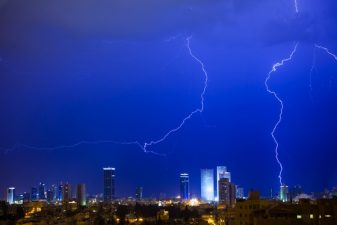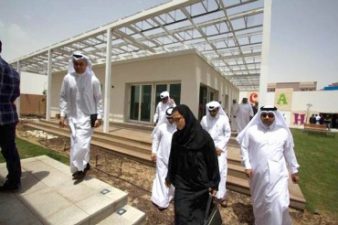 Investment in renewables grew 104 percent in 2010 in the Middle East and North Africa region- is this a step towards a renewables revolution?
Investment in renewables grew 104 percent in 2010 in the Middle East and North Africa region- is this a step towards a renewables revolution?
According to data from the United Nations Environment Programme, new investment in renewables in the Middle East and Africa region grew 104 percent in 2010 to $5billion. From inspiring solar projects in Israel, Egypt and Algeria to impressive wind farms in Morocco, it seems that the region is beginning to recognise its abundant renewables energy potential. But can renewables really break into the Gulf market and challenge the dominance of hydrocarbon-based energy?
The Gulf region is rich in oil and was always going to be a difficult market for renewables to crack. Nevertheless, rising fears that the oil will run out and concerns over growing energy demands has led to some progress. Dubai recently announced that it will invest $3billion in a 1,000 MW solar farm to be completed in 2030. The fact that oil is expected to run out in Dubai in 2020, however, illustrates the point that renewables are not seen as an alternative source of energy but a means of supplementing it.
The main reason for the diversification of energy (with renewables) in the region is the increased demand for power generation and falling subsidies. Concerns over the need to cut emissions, cut energy use and embrace renewables as they are eco-friendly is a secondary motivation at best. It is not that the region hasn’t got great potential when it comes to renewable energy. Saudi Arabia’s Rub’ Al Khali region alone is estimated to receive enough sunlight to power two earths!
Analysts have also estimated that the price of solar and wind systems in the Middle East has halved- all whilst the cost of fossil fuelled power has kept on climbing. As one commentator at Recharge News puts it, “the political and economic logic in favour of renewables (in the Middle East) has never been stronger.” All it needs it a little more support and subsidies to get the industry on its feet.
Over the last couple of years, Gulf nations have managed to maintain their fuel subsidies despite falling oil prices. Rather than encouraging better use of the resources, these subsidies have however encouraged inefficiency and high-energy intensive energy production. Research has shown that these subsidies also negatively impact the commercial viability of renewable energy projects. I think it’s time that these subsidies for the oil industry went towards something more sustainable and energy efficient.
Renewable energy may be slowly taking off in the Middle East but they are still nowhere near being seen as the viable alternative to hydrocarbon. And coming back to the question of whether the Middle East has turned a green energy leaf, the answer is – at this moment– no.
: Image via romana klee/flickr.
: Gulf Times and Recharge News.
For more on renewables in the Middle East see:
6 Inspiring Solar-Powered Projects in the Middle East and North Africa
Dubai to Invest $3 Billion in 1,000 MW Solar Farm… But Slowly
Subsidies Jeopardise Renewable Energy Projects In Middle East


